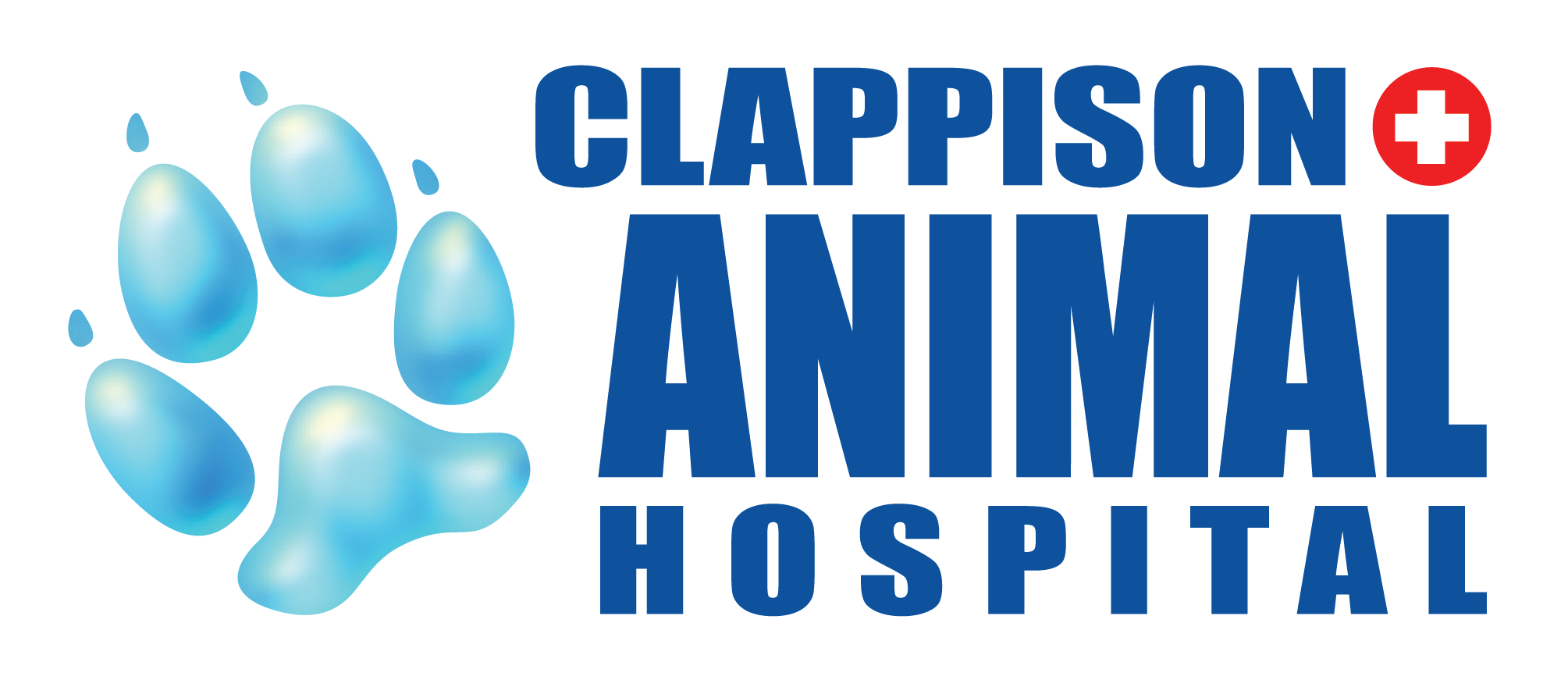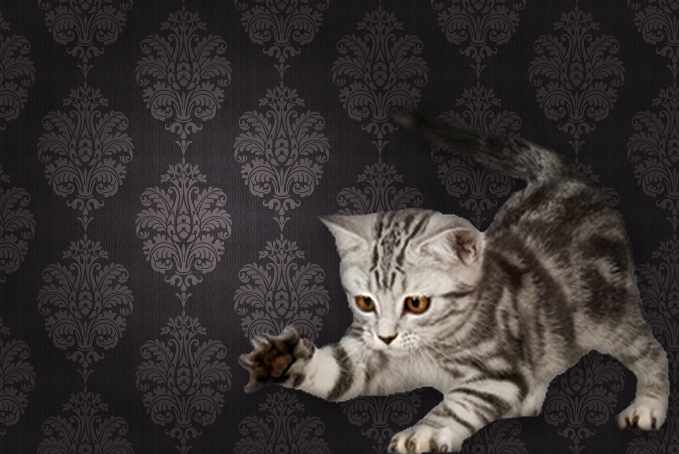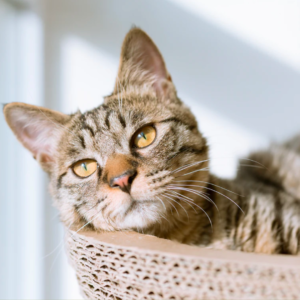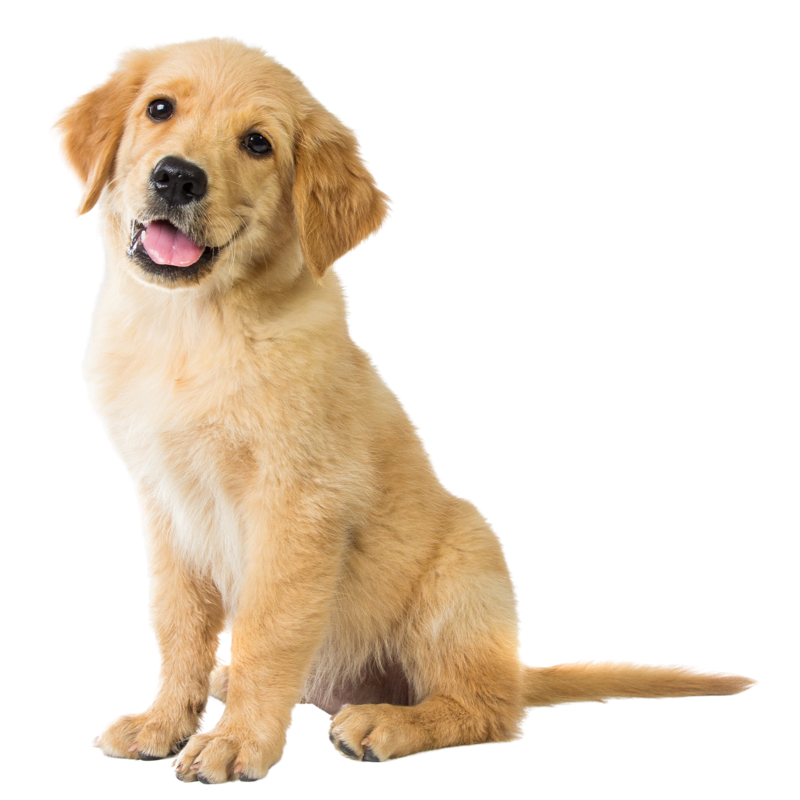Cats and dogs are curious by nature. Smelling and tasting a nice green leaf or two can be an enjoyable pastime . Unfortunately, it can also lead to serious illness or even death in some cases.
Plants don’t have the ability to get up and run away when danger approaches, so they have had to develop a way of ‘getting even’ with those who threaten them with their teeth. Many have developed irritants or toxicants within their tissues, so that would-be attackers immediately or eventually regret their decision to sample.
The list of plants which have the ability to injure animals is exhaustive. Some notably dangerous plants include: Autumn Crocus, Azalea, Cyclamen, Kalanchoe, Lillies, Oleander, Dieffenbachia, Daffodils, Lily of the Valley, Sago Palm, Tulips and Hyacinths.
Removing accessibility to these plants (or not keeping them) is clearly the best way to avoid harm. If you wish to have these in your home & garden then close monitoring while the cat or dog has access is advised. You can also offer cats (and dogs) ‘cat grass’ to satisfy their urge to chew on fresh vegetation. It is easy to grow, inexpensive and safe to use.
Should you be worried that your pet may have ingested something toxic, please contact Clappison Animal Hospital for advice.
by Dr. Stephen Longridge




